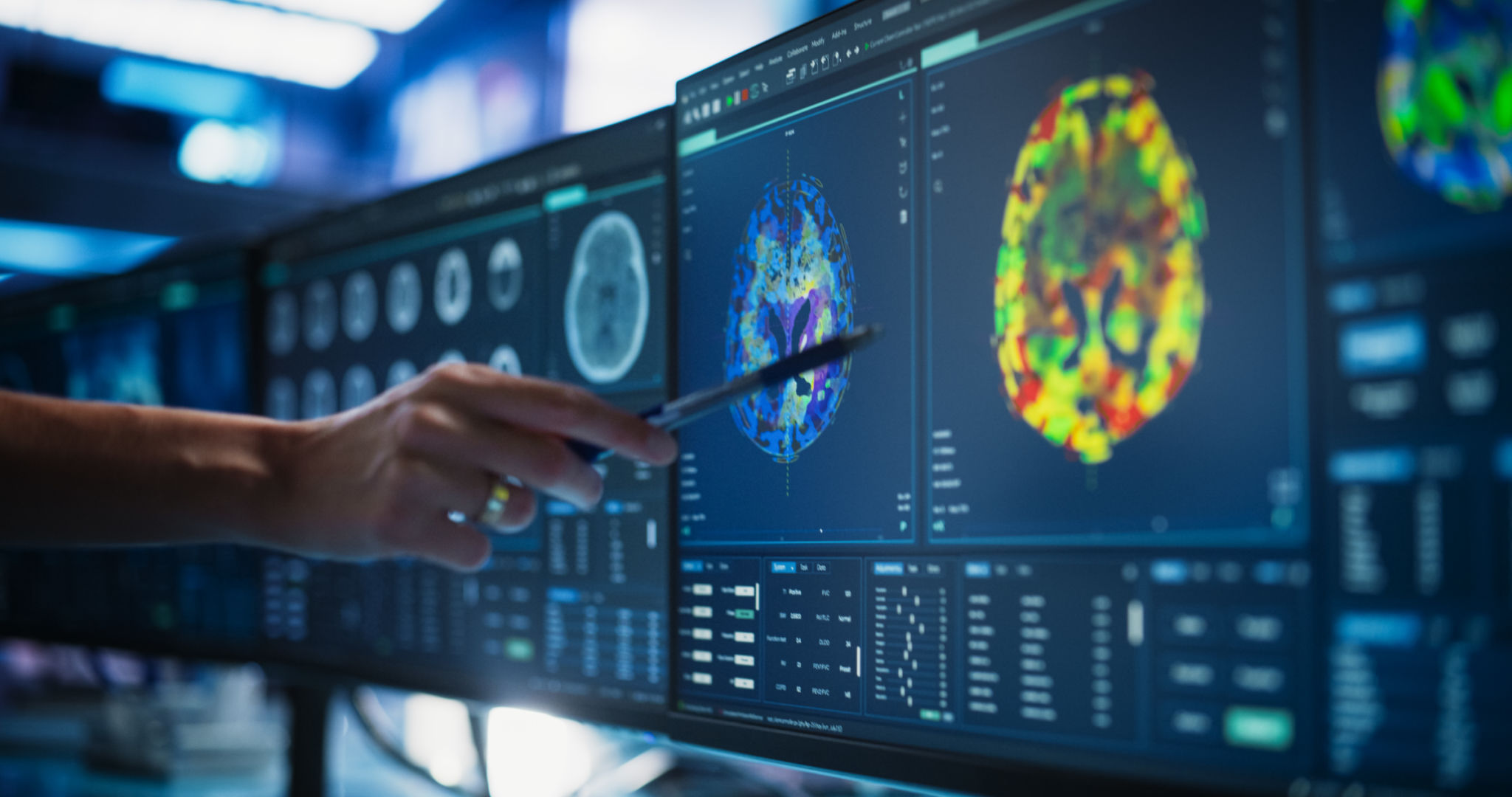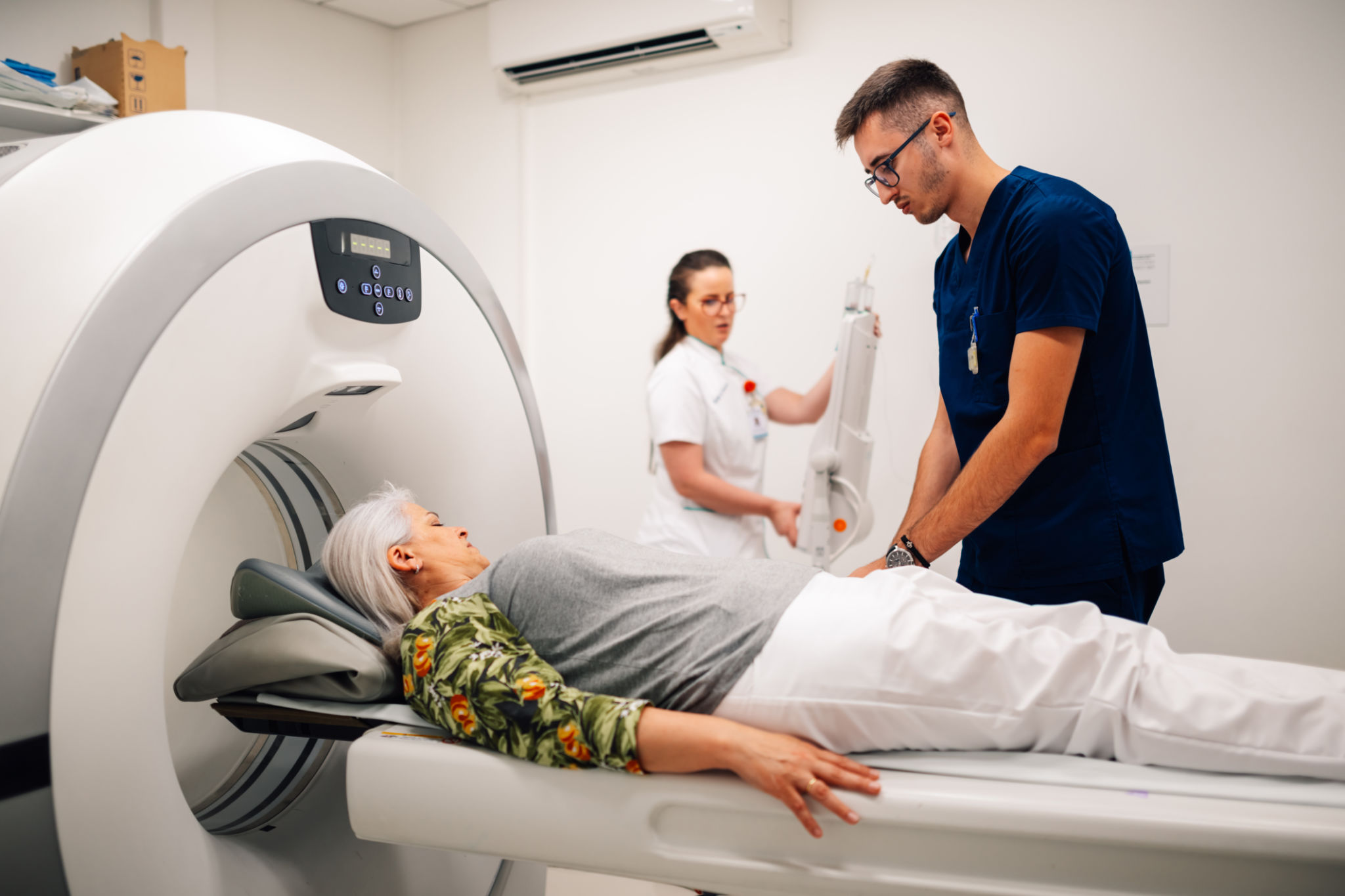Understanding MRI: Common Myths and Facts About Diagnostic Imaging
Introduction to MRI
Magnetic Resonance Imaging, commonly known as MRI, is a non-invasive medical imaging technique used to visualize detailed internal structures of the body. Despite its widespread use, many myths and misconceptions surround MRI, causing unnecessary anxiety and confusion. In this blog, we aim to dispel these myths and present the facts about this essential diagnostic tool.

How MRI Works
MRI uses powerful magnetic fields, radio waves, and computer technology to produce high-resolution images of organs and tissues. Unlike X-rays or CT scans, MRI does not use ionizing radiation, making it a safer option for many patients. Understanding this can help alleviate concerns about exposure to harmful radiation during the procedure.
The Role of Magnets
The core of an MRI machine is its strong magnet, which aligns the protons in the body. When radiofrequency pulses are applied, these protons emit signals that are detected and converted into images by a computer. This process allows doctors to examine areas of the body in great detail, aiding in accurate diagnosis.
Common Myths About MRI
There are several misconceptions about MRI that often lead to unnecessary fear or avoidance of the procedure. Let's address some of the most common myths:
- Myth 1: MRI is dangerous because of radiation exposure. As mentioned earlier, MRI does not use ionizing radiation, making it safe for repeated use.
- Myth 2: MRI is painful or uncomfortable. While some patients may feel claustrophobic in the machine, the procedure itself is painless.
- Myth 3: All MRIs are the same. In reality, there are different types of MRIs designed for specific diagnostic purposes.
Preparing for an MRI
Preparation for an MRI is usually straightforward. Patients should remove all metal objects such as jewelry and watches before the procedure. It's important to inform your doctor about any implants or medical devices you have, as some may interfere with the magnetic field.

Understanding MRI Results
The results from an MRI scan can provide valuable insights into a variety of medical conditions. Radiologists analyze the images and provide a detailed report to your doctor, who will then discuss the findings with you. This collaborative approach ensures that you receive accurate information and appropriate care.
The Importance of MRI in Modern Medicine
MRI has become an indispensable tool in modern medicine due to its ability to provide clear and detailed images without invasive procedures. It is particularly useful in diagnosing brain tumors, spinal cord injuries, joint abnormalities, and more. By offering a comprehensive view of internal structures, MRI contributes significantly to the development of effective treatment plans.

Conclusion
Understanding the facts about MRI can help dispel myths and reduce anxiety associated with the procedure. As a safe and effective diagnostic tool, MRI plays a crucial role in modern healthcare. If you have any concerns about undergoing an MRI, speak with your healthcare provider to address your questions and ensure a comfortable experience.
